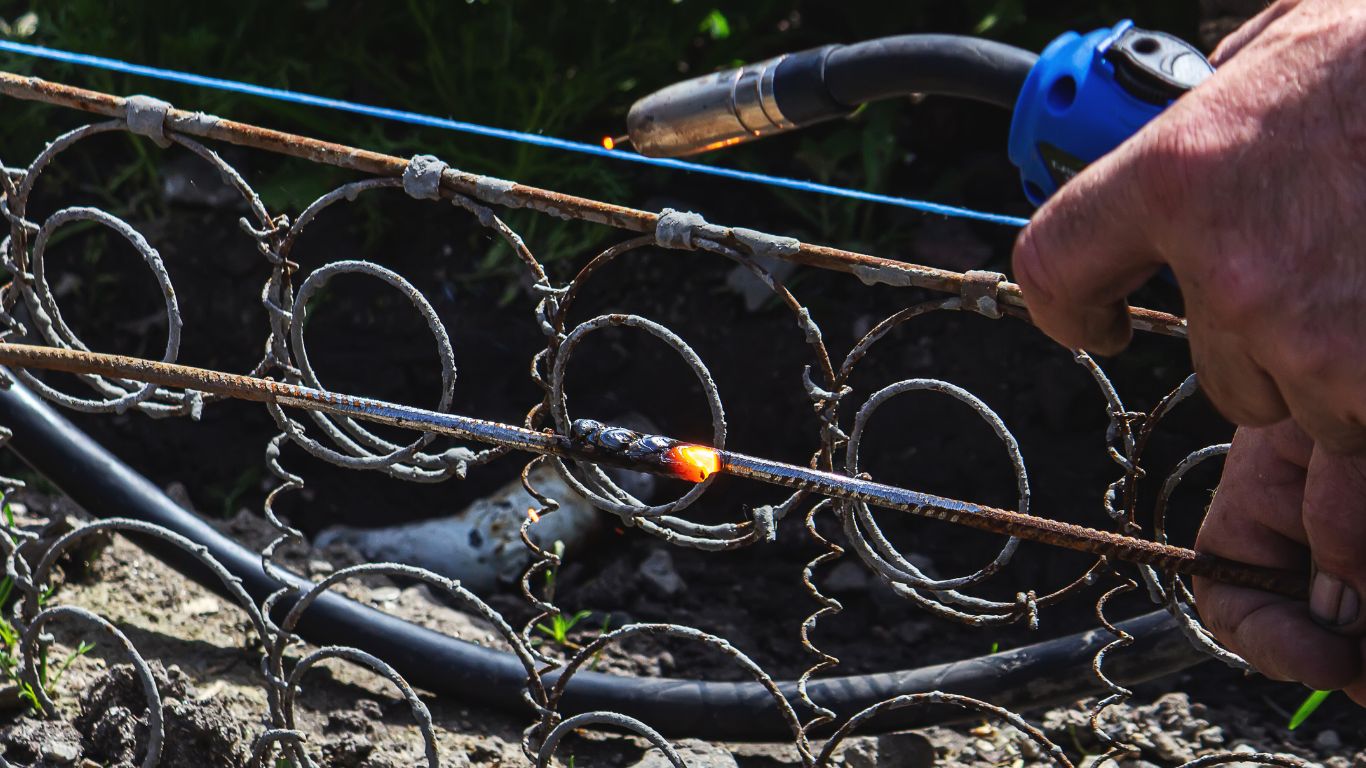Welcome to the definitive guide on backer rods—a crucial component in ensuring effective joint sealing in construction. Whether you’re a seasoned construction professional, a DIY enthusiast, or an architect, understanding backer rods will enhance your ability to create solid and durable seals.
What is a Backer Rod?
A backer rod is a flexible foam rod used to fill joints and gaps in construction before applying sealant. It serves as a backing to control the depth of the sealant, ensuring it adheres appropriately and provides elasticity.
Types of Backer Rod Materials
Backer rods are commonly made from closed-cell polyethylene foam, which offers durability and flexibility. However, open-cell variants designed to allow air passage are also available, ideal for specific applications.
| Image | Product | Features | Price |
Our Pick1  | ProSeal Backer Rod | We are introducing the ultimate solution for creating seamless and professional-grade joints in any sealing project: Backer Rod. |
Benefits of Using Backer Rod
- Versatile Applications: Suitable for joints, cracks, and gaps, offering reliable support.
- Durable Construction: Made from high-quality materials for long-lasting performance.
- Easy Installation: Simplifies sealing projects, saving time and effort.
- Variety of Sizes: Available in different dimensions to accommodate various joint widths.
- Optimal Support: Provides optimal sealant depth for effective sealing.
- Broad Compatibility: Works with a range of sealants, enhancing versatility.
Typical Applications for Backer Rod
- Expansion joints in construction
- Gaps in window and door frames
- Cracks in concrete and masonry
- Pre-caulking joints in flooring
How to Install a Backer Rod
Follow these steps for a successful installation:

- Measure the gap or joint width to select the appropriate size.
- Prepare the area by cleaning it thoroughly and removing debris.
- Insert the backer rod into the joint, pressing down to ensure it’s fully seated.
- Trim the excess backer rod with a utility knife if needed.
- Apply sealant over the rod, smoothing it for a consistent finish.
- Cure according to the sealant’s instructions.
Tip: Use bond breaker tape for joints deeper than 1/2 inch to prevent three-sided adhesion.
Tips for Choosing the Right Size
- Measure the joint width accurately to select the correct backer rod diameter.
- Ensure the rod fits snugly without force; it should be slightly compressed.
Troubleshooting Common Issues with Backer Rod
- Problem: Sealant needs to adhere correctly.
- Solution: Ensure the joint is clean and dry and the backer rod is correctly installed.
- Problem: Backer rod popping out.
- Solution: Verify the rod size is appropriate for the gap.
Maintenance and Care for Backer Rod Products
- Store backer rods in a cool, dry place away from direct sunlight.
- Inspect installed backer rods periodically to ensure they are in good condition and replace them as needed.
Comparison Chart
Feature
Backer Rod
Competitor A
Competitor B
Versatile Use Yes Yes Limited
Durable Materials High-quality Medium-quality High-quality
Easy Installation Very Easy Moderate Easy
Range of Sizes Extensive Limited Extensive
Optimal Support Excellent Good Average
Sealant Compatibility Wide Range Limited Wide Range
Recommendation: The backer rod stands out for its ease of installation, versatile use, and compatibility with a wide range of sealants, making it a top choice for construction professionals and DIY enthusiasts.
Conclusion
Incorporating backer rods into your sealing projects ensures durability, efficiency, and professional results. Backer rods are indispensable in construction tasks with their versatile applications and supportive role in joint sealing. Please choose the right backer rod for your needs and experience the enhanced performance it brings to your projects.











